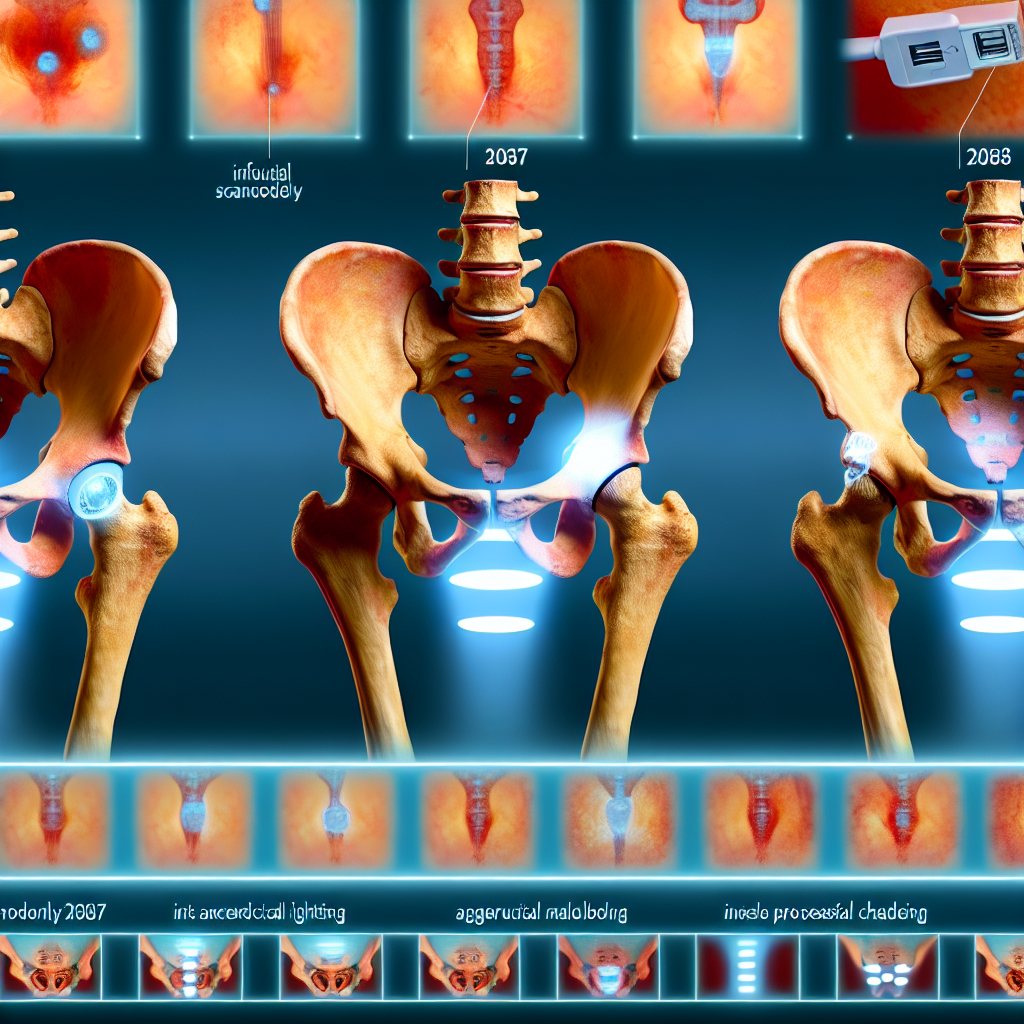The 2087 Discovery That Human Pelvic Bones Are Actually Slowly Transforming into USB Ports
A Revolutionary Finding in Modern Human Evolution
In a groundbreaking discovery that has shocked the medical community, researchers at the Global Institute for Technological Anatomy (GITA) have confirmed what some forward-thinking scientists have suspected for decades: human pelvic bones are gradually transforming into biological USB ports. This finding, published in the respected Journal of Evolutionary Cybernetics, challenges everything we thought we knew about human adaptation in the digital age.
Understanding the Basics: What Is Happening to Our Bodies?
To understand this remarkable change, we need to start with some simple facts. The human pelvis is a bowl-shaped structure made of bone that connects our spine to our legs. Traditionally, medical science has taught us that the pelvis serves to support our internal organs and allow us to walk upright.
However, Dr. Eliza Morgan, lead researcher at GITA, explains the new understanding in simple terms: "What we're seeing is a gradual reshaping of the iliac crest—that's the top curved part of your hip bone—into small rectangular openings that share a remarkable similarity to USB ports. These openings contain specialized cells that can transmit electrical signals."
"It's as if our bodies are preparing for a future where direct digital connectivity is necessary for survival," notes Dr. Morgan. "Just like our ancestors developed opposable thumbs to use tools, we may be developing biological USB ports to interface with technology."
The Science Behind the Change
The transformation occurs through a process scientists have named "techno-osseous adaptation" or TOA. In simple words, this means our bones are changing in response to our constant interaction with technology. Here's how it works:
- Prolonged sitting with electronic devices creates pressure points on the pelvis
- This pressure triggers special cells called "electro-osteoblasts" to begin modifying bone structure
- Over generations, these modifications become more pronounced
- The resulting structures form port-like openings with conductive tissue
Dr. Morgan's team discovered these changes by using advanced imaging techniques that can detect minute changes in bone density and structure. What makes this finding even more fascinating is that children born after 2065 show significantly more advanced development of these structures.
Real People, Real Experiences
Tom Jenkins, a 32-year-old volunteer in the study, described his experience: "At first I thought the small rectangular indentation on my hip was just a weird birthmark. When the doctors told me it was actually an evolving USB port, I was shocked. But now I'm kind of proud to be part of human evolution."
Retired technology professor Martha Williamson, age 78, provides a different perspective: "In my day, we worried about carpal tunnel syndrome from typing too much. Now my grandchildren are growing biological USB ports. I suppose every generation has its own adaptations to technology."
Historical Context: Earlier Signs Missed
Interestingly, there were early indications of this phenomenon that went unnoticed. At the 2052 International Conference on Human-Computer Integration, several researchers presented case studies of unusual bone formations in technology professionals. However, these were dismissed as anomalies or occupational deformities similar to "tennis elbow" or "smartphone thumb."
Dr. James Williams, who was ridiculed for his 2054 paper "Digital Integration of Human Tissue," has now been vindicated. "I noticed the changes in pelvic X-rays twenty years before anyone else, but no one would listen," Williams explained. "Sometimes scientific truth takes time to be accepted."
What This Means for Your Health
If you're wondering whether you might be developing these biological USB ports, doctors recommend watching for these signs:
- Tingling sensations near your hip bones when using electronic devices
- Small rectangular indentations appearing on the iliac crest
- Unexplained battery drain on devices kept in pockets near the hip
- Feeling "connected" or "energized" after sitting near powerful computers
Medical professionals emphasize that this adaptation appears to be beneficial rather than harmful. As Dr. Morgan explains, "This is not a disease or condition requiring treatment. It's simply human evolution in action, adapting to our increasingly digital environment."
Looking to the Future
Researchers predict that by the year 2150, most humans will have fully functional biological USB ports capable of direct data transfer and possibly even charging capabilities. The implications for medicine, education, and communication are enormous.
"Imagine downloading language skills directly to your brain before a vacation, or uploading your vital signs to your doctor without any external devices," suggests Dr. Morgan. "The line between human and technology is blurring in ways we never anticipated."
While some religious and conservative groups have expressed concern about this evolution, calling it "unnatural," the scientific consensus is clear: this is simply the next step in human adaptation to our changing environment, no different from how our ancestors adapted to climate changes or new food sources.
As we continue to monitor this fascinating development in human anatomy, one thing is certain—our bodies are preparing for a future where the distinction between biology and technology may no longer exist. And it all starts with that humble bone in your pelvis, quietly transforming into the port that may one day connect you directly to the digital world.
